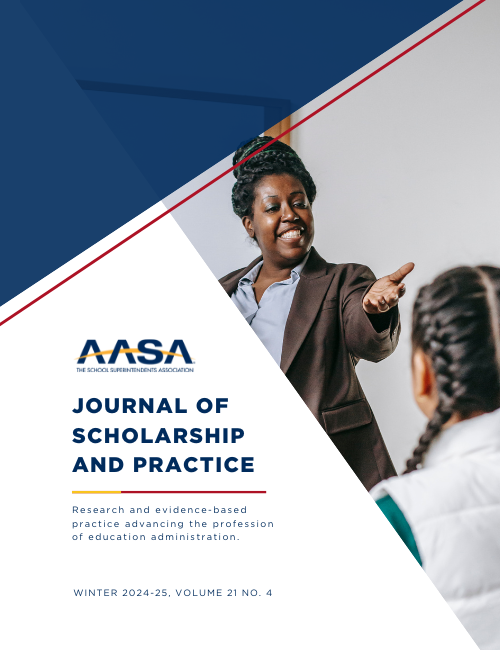To Teach or not to Teach: A Qualitative Study of Pre-Collegiate Grow Your Own Teacher Programs and the Perceptions of Alumni, Current Staff, and Former Staff
January 31, 2025
 There is an achievement gap in this country, which has been promulgated by an education debt (Ladson-Billings, 2006). The education debt is a result of historical, social, and economic disparities that have created inequity for people of color. Education has been considered an equalizer, which can create equitable opportunities for marginalized people of color (Shields, 2011).
There is an achievement gap in this country, which has been promulgated by an education debt (Ladson-Billings, 2006). The education debt is a result of historical, social, and economic disparities that have created inequity for people of color. Education has been considered an equalizer, which can create equitable opportunities for marginalized people of color (Shields, 2011).
The ability to educate with an equity lens is crucial to the academic achievement of students of color; however, identity development is imperative.Identity development is a cyclical process that interweaves a person’s past, present, and future experiences (Tatum, 2017). People are inundated with archetypes of people of cultures with which they identify and of those with which they do not identify. Partelow et al. (2017) noted that in 2017, The National Center for Education Statistics reported that while the population of Black and Latinx students is increasing, the percentage of Black and Latinx teachers (particularly in urban areas) is decreasing. There are tangible academic and social benefits to students of color being exposed to teachers of color. The opportunity to see a person of color in a position of authority, which is how many students view their teachers, cannot be overestimated. Additionally, teachers of color can be more connected to culturally responsive pedagogy because of the relatability of those teachers. Lastly, the presence of teachers of color for non-students-of-color is essential relative to the dismantling of stereotypes and biases, which are inherent in our society. Tatum (2017) referred to bias as smog all around us.
There is also a decline in enrollment in teacher education programs contributing to teacher shortages in the United States. Teacher shortages are more prevalent in urban and rural communities (Garcia & Weiss & Economic Policy Institute, 2019). Teacher shortages are also more evident in school districts where most of the student population is Black and Latinx (Garcia & Weiss & Economic Policy Institute, 2019). One approach that has attempted to address the teacher shortage and the need for greater teacher diversity is the implementation of Grow Your Own teacher programs (GYO). Thirty-six states have created teacher pipeline programs to address the issue of teacher shortage (Sutcher et al., 2016).
Advertisement
Advertisement
Advertisement
Advertisement



.png?sfvrsn=3d584f2d_3)